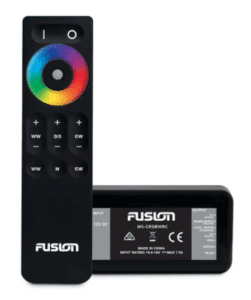Home > Product Installs & Reviews > Product Reviews > Car Speaker Reviews > Fusion Signature Series 3 Coaxial Marine Speakers Review: First Look
In this article: We'll take a first look at Fusion's brand new Signature Series 3 interior boat speakers, review their key features, hardware, and tell you what we think.
On February 12th, 2020, Fusion announced it's latest speaker lineup: the Signature Series 3. On Feb 11th 2021, they finally released them for purchase. This comprehensive line of speakers extends from your interior speakers, to your tower speakers and subwoofers. You can match up your entire setup with a single series of products! And, if you complement it with one of their Signature Series amplifiers you'll have the best chance of having a pretty well matched system out of the gate.
Less than a decade ago, you'd have to piecemeal your boat's stereo to get the setup you wanted. For example; a setup with JL Amps and Subs, Polk Momo Interiors and Wet Sounds towers. Having two or three manufacturers of products to build your dream stereo was a common thing to see in a wakeboard boat. But over the past few years, more and more manufacturers are introducing full lineups that are engineered to work together and designed to look good together as well! Not only is this smart for consumers like you and me, it's smart for the manufacturer because piecemealing a system from different manufacturers isn't necessarily what people typically want to do.
Fusion's Signature Series 3 interior coaxial speakers have some great new features that make them more powerful and customizable as well. In this review, we'll open up the box and give you a first look at them. We'll walk you through their latest and greatest features, including the new CRGBW LED lighting. We always like to note here that this is only a First Look and we don't review the install or performance. Check out our full stereo install on an Axis A22 for more details about the install and performance.
A Little About Fusion
For those of you who may not know, Fusion is now a Garmin brand. In 2014, Garmin announced the acquisition of Fusion Electronics to add to it's growing line of marine and automotive products. Fusion was founded in New Zealand in 1998 by Sir Peter Maire as a home grown car audio brand and grew to be a global audio brand. As Fusion grew, they entered into the marine world extending their established audio tech into the world of boats. With over two decades of engineering and designing automotive and marine electronics, Fusion's focus is quality and acoustic excellence.
Unboxing & First Impressions
The Signature Series 3 line of speakers is a premium line of products, and their price reflects that. Fusion makes absolutely sure that they're positioning these products with two things in mind:
- Premium Quality – in the marine world this is absolutely necessary if you want your expensive products to last from season to season.
- Premium Design – nobody wants to throw a terrible looking and sounding stereo into their boat, whether it's a new G23 or an old pontoon.
But do they really achieve this?
Opening up the packaging to any product is the first opportunity for buyer's remorse. When I open up a box of speakers, I'm looking for things like:
- How well is the speaker packaged within? Is it just holes cut in cardboard with speakers dropped in? Or is it mold-fitted to the speakers? Packaging doesn't tell you the quality of the product, but good packaging will prevent any hardware from damaging the speaker during shipping. That's happened several times to me.
- Do they think of the installer? I like to see installation templates for the DIYer (and installer).
- Is there a manual? Believe it or not, I've seen several good quality speakers come without manuals.
Recent Reviews & Articles
Opening up and pulling these Fusion speakers out of the box, they pretty much checked the box on all the things I'm looking for. The packaging was molded to the speakers and the hardware is unable to inflict any damage during shipping. The manual is comprehensive, but there was no installation template. The speakers themselves were neatly wrapped in a plastic bag as well.
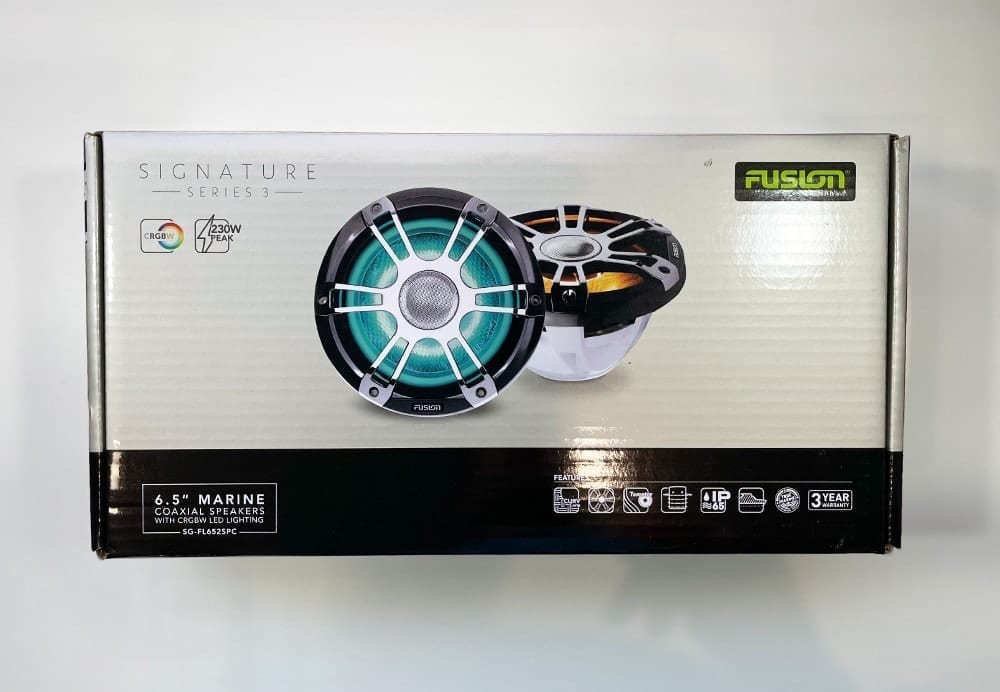
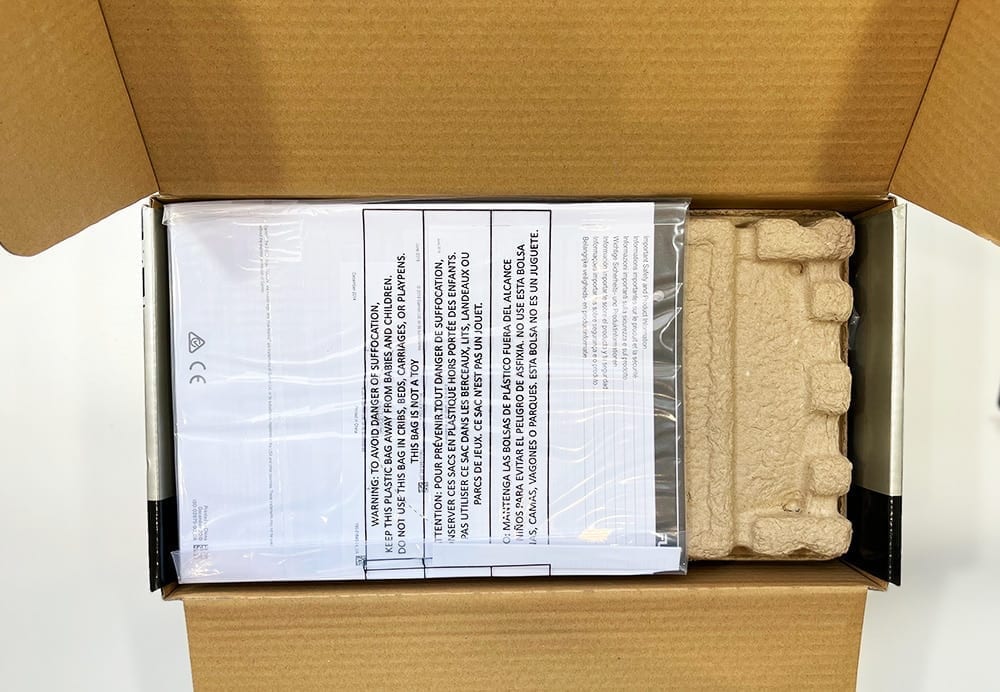
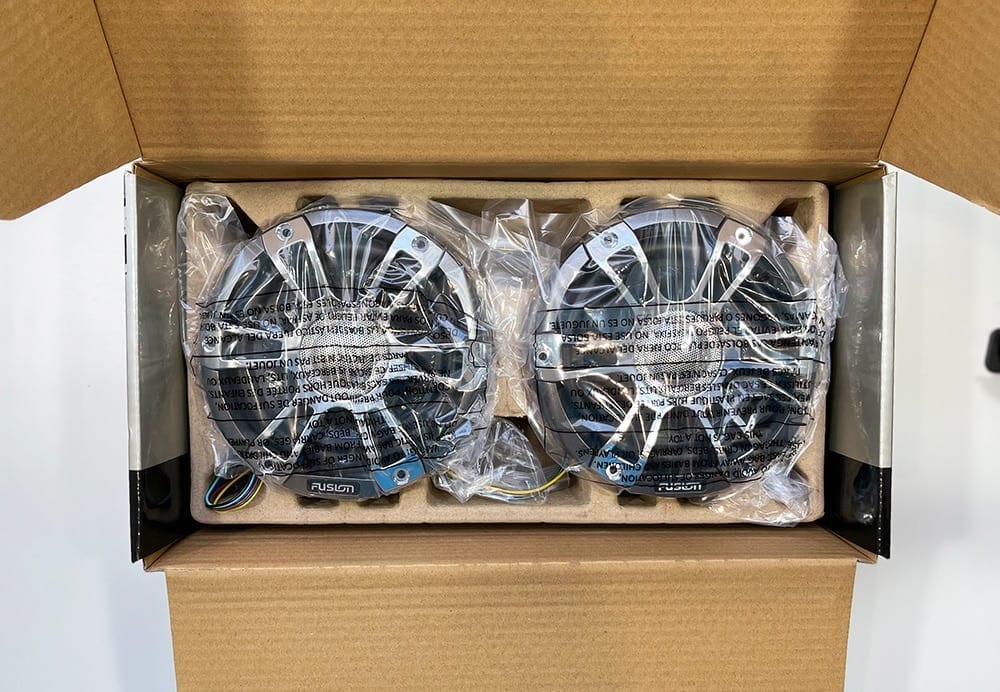
The first thing you'll notice when you pull these speakers out of the box is the grille and tweeter design – they're elegant but aggressive. Fusion has a white sports grille and a black chrome sports grille that you'll choose at the time of purchase (they're fixed to the speaker). In this review, we're looking at the black chrome grille which actually looks a little more gunmetal gray than black. It's a solid grille though. I've experienced first-hand what a bad grille design can do in the bow of a boat where people sit up against, dig their knees or feet into, or just fidget with. You won't have a broken tweeter and grille hanging in the middle of your speaker with this grille design – they're pretty stout.
The cone design looks high-end. At first glance I thought it was carbon fiber woven which isn't really common in the marine world. We'll get more into this design and its composition later in the article but it makes the speaker look sleek and like a premium speaker.
Turning around the speaker and looking into the casing, spider, motor and terminals I can say that Fusion spent some time and money making these things resistant to the marine environment. You can definitely tell that. The entire motor of the speaker is sealed, and the terminals aren't exposed. Believe it or not, there's still marine speakers on the market that have exposed terminals that will corrode with time. To combat this, Fusion sealed the speaker up and extended sealed wires through the casing. At the end of the wire are a combination of male plugs and speaker terminals that are wrapped with a silicone-like material to seal up to a female side.
What was a little weird to me was that they added these water resistant male/female plugs and terminals but they didn't give the matching ends to connect to. I guess they just assumed they were common enough for any installer to have. All I would end up doing with these is snipping them off and finding a water resistant plug or connector that had both the male and female. Or just soldered it directly with shrink wrap.
Overall though, there was really nothing to complain about when we opened these up and started critiquing them. They look like a well-designed set of marine speakers and are what we'd expect to see for the price point.
What's In the Box:
- Two 2-way Marine coaxial speakers
- 2 grilles (fixed)
- Installation instructions (English/ French/ Italian/ German/ Spanish/ Portuguese/ Danish/ Dutch/ Finnish/ Norwegian/ Swedish/ Chinese)
- Safety and Product information
- 12 stainless steel mounting screws
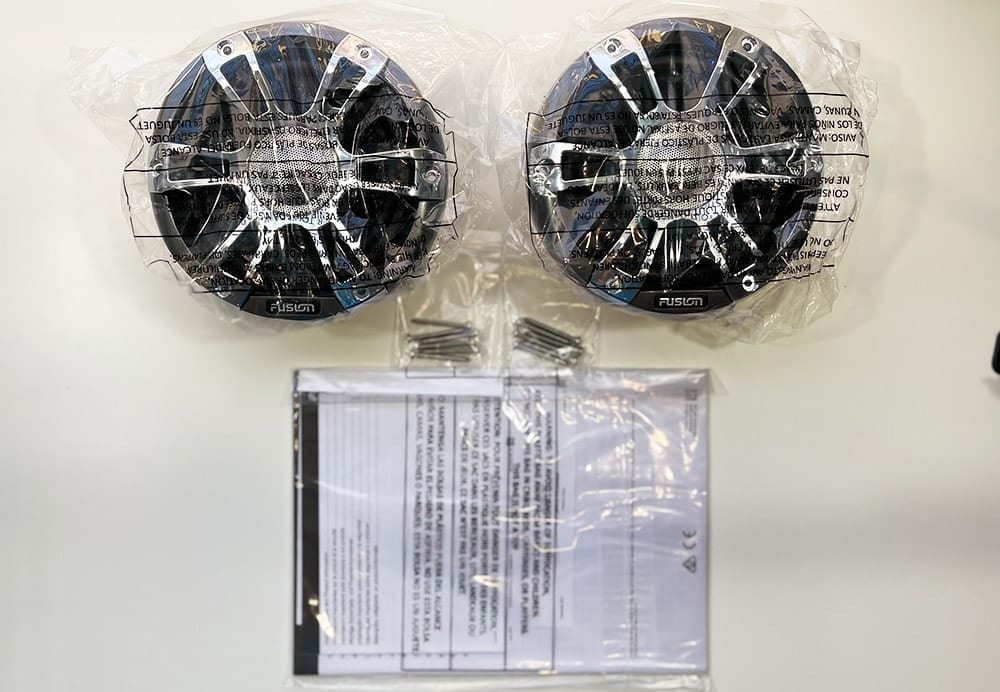
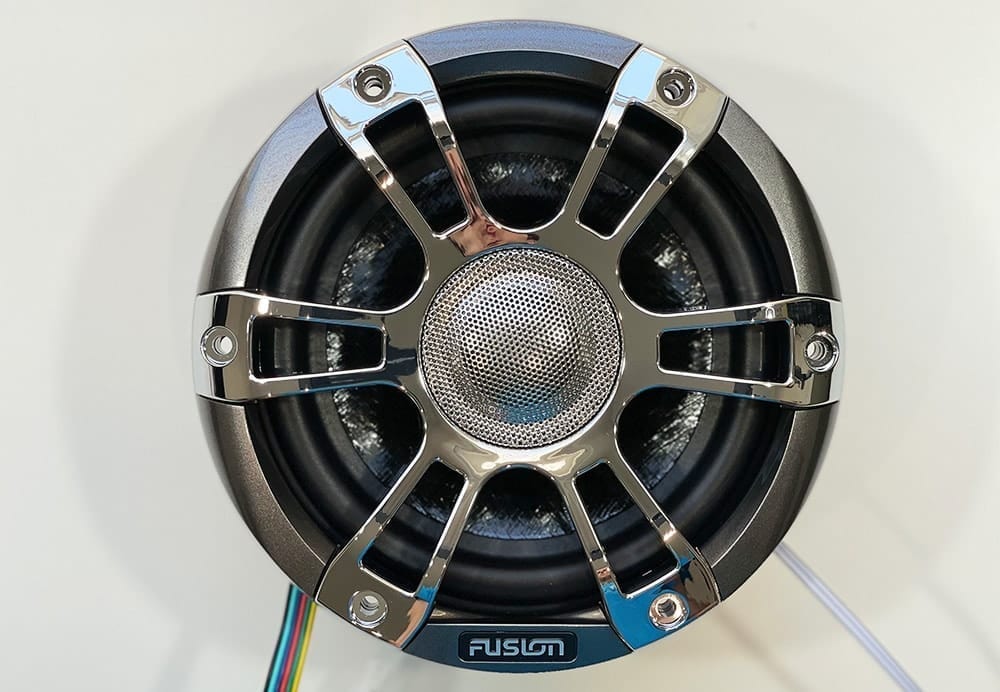
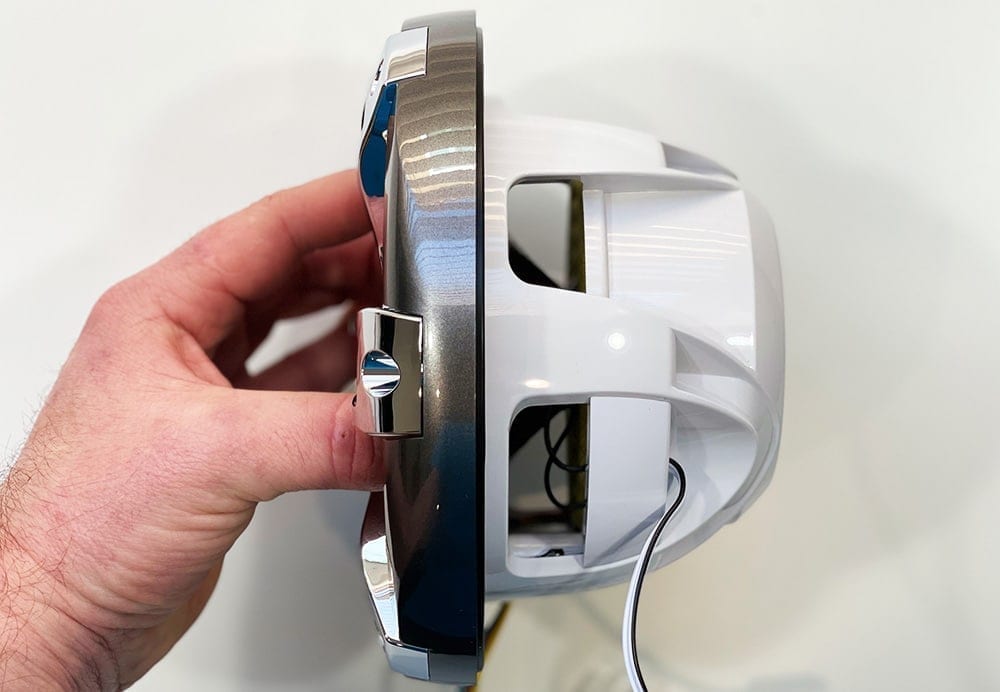
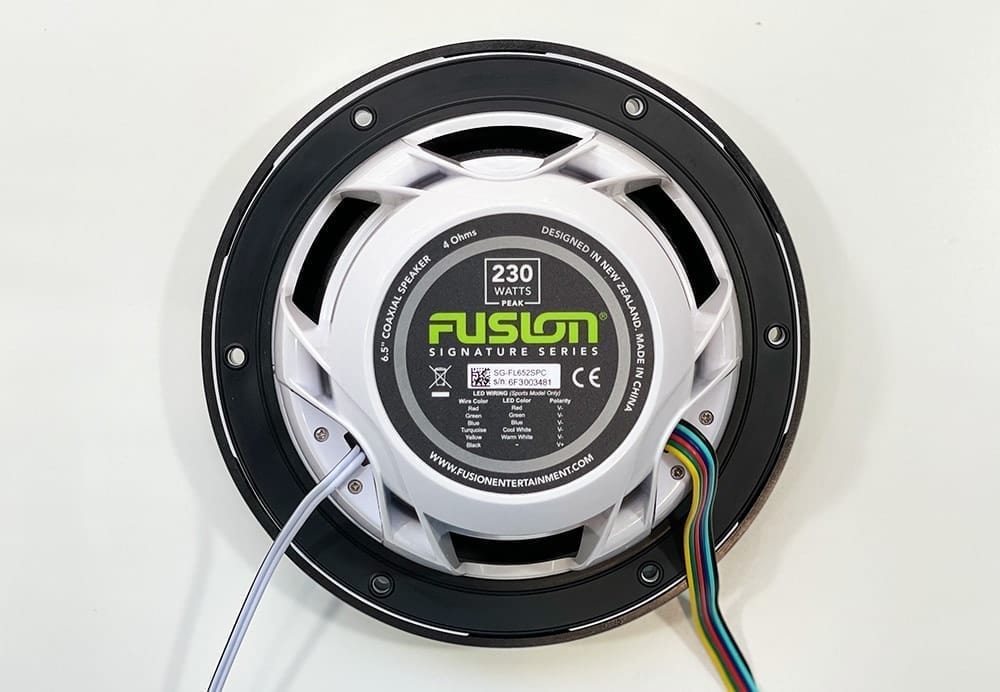
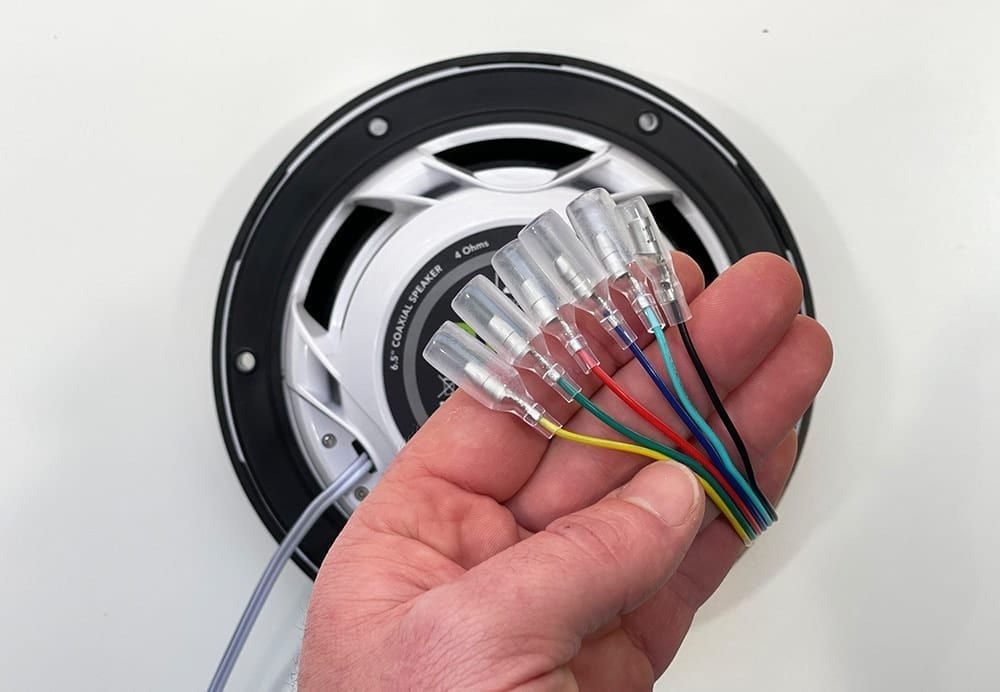
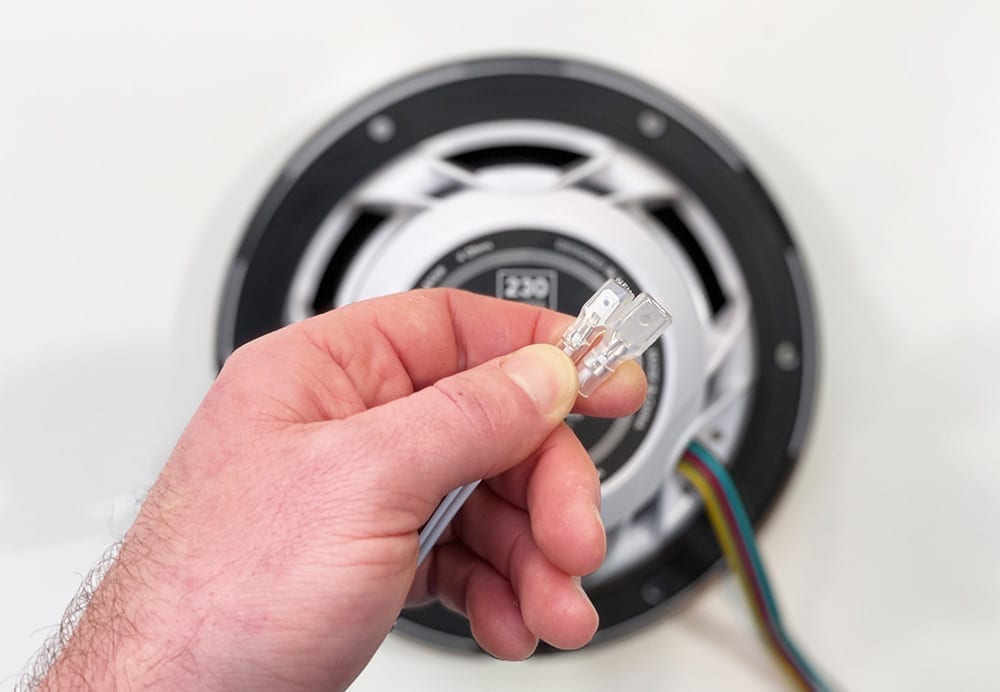
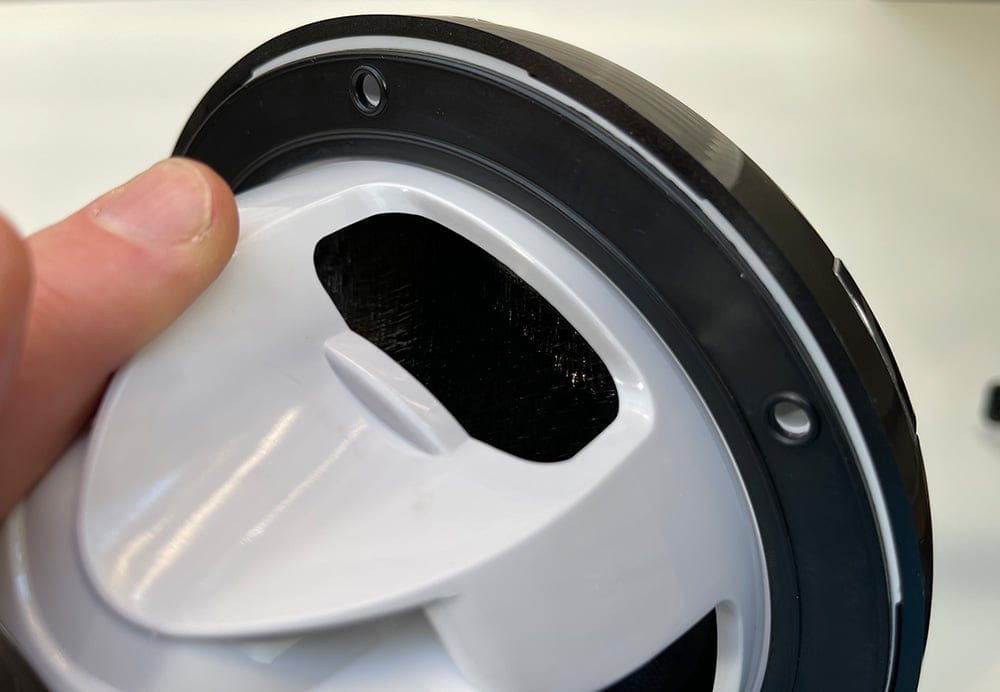
Sound Features – Tweeter & Cone
Fusion's Signature Series 3 interior speakers and tower speakers share almost all of the same technology, so if you already read our Signature Series 3 Tower Speaker First Look, this may sound very familiar. The biggest difference is that the interior speakers don't have an enclosure. In fact, the specs are even identical between the tower speakers and the interiors. See the specs below.
Unlike you're typical car or truck speakers, these speakers were designed for higher volumes in the open environment. When you look at them, you'll see a lot of marine features incorporated into the components that are also responsible for sound quality. It's pretty challenging to make a high performance speaker alone, how engineers incorporate water resistance, UV resistance and corrosion features into their audio products is always fun to see.
Let's dive a little more into the audio tech and features of these interiors.
Tweeters
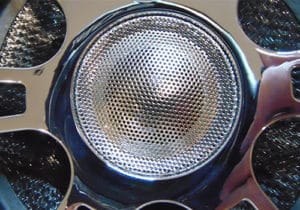
The Signature Series 3 speakers are coaxial speakers. They don't currently make a component style. If you're not sure what the difference is between a coaxial or component speaker, you can read our article here for more information. At the highest level, it means is that the tweeter shares the structure as the woofer. You can clearly see this with the tweeter that's mounted to the grille. The important thing to note here is that the tweeter does not share in the construction of the actual cone, it's suspended above it. This gives the woofer more surface area which is always good when you're talking about a speaker that's smaller than 8″. The larger the woofer surface area, the more capable it will typically be to produce full range music (in particular mid-low and low frequencies).
The tweeter is a silk dome tweeter. And all that means is that the tweeters will sound a little smoother and less harsh than that of an aluminum or titanium dome tweeter. I'm really curious to listen to hear these in person. I'm always overly sensitive to the harshness of my speakers. Uncontrollable high frequencies from your tweeters can completely ruin a high performance system and it's never fun to install frequency resistors or hardware to fix them.
The Woofer
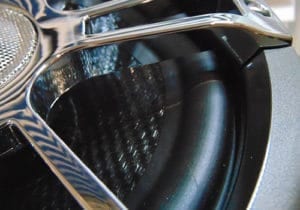
Fusion's Signature Series 3 interior speakers come equipped with a proprietary technology called CURV. Per Fusion, “CURV is a woven fiber composite that is heat pressed to form a lighter and stronger cone. This delivers greater sound definition and higher output while providing increased protection from marine conditions”.
I have not had much personal experience with this woofer, nor the CURV technology. It looks like a woven carbon fiber woofer at first glance. I can say that woven cones are typically made in an effort to maximize strength, resilience while minimizing weight. In fact, Fusion claims it's 30% lighter than a traditional mica-filled polypropylene cone.
CURV uses polypropylene, which is a very common material used to make cones from. It's just not very commonly used woven. It's resistant to the elements – UV, high temperature and moisture – which is crucial for the marine application (obviously). They're more expensive to manufacture as well so there's definitely a reason why they would use this tech in these speakers. They essentially take polypropylene and draw it out into very fine tape, weave it and then heat treat it to strengthen it. To be honest, only the sound test will tell you how this new tech will perform. Check back when we install these for more information about how tuned and tested these out.
Power Handling
From a power handling perspective, the Signature Series 3 speakers are pretty competitive. Take a look at the chart below to see where they stand.
| Speaker | 8" Peak Power (Watts) | 8" RMS Power (Watts) | 6.5" Peak Power (Watts) | 6.5" RMS Power (Watts) |
|---|---|---|---|---|
| Fusion Signature Series 3 | 330 | 130 | 230 | 75 |
| Wet Sounds REVO | 300 | 150 | 200 | 100 |
| Kicker KM | 300 | 150 | 195 | 65 |
| JL Audio M6 | 250 | 125 | 150 | 75 |
| Infinity Reference | 450 | 150 | 225 | 75 |
Combine that high power rating with an efficiency rating of 90 (6.5″) – 91 dB (7.7″ 8.8″) sensitivity and you can expect a loud speaker.
Marine-Specific Features
I touched on some of the marine features throughout the article when it was relevant but let me summarize some of the key features Fusion calls out in their interior speakers. These speakers were definitely designed to be water, UV and corrosive resistant.
UV Protection:
- CURV cone technology with woven polypropylene fiber composite material.
Corrosion & Water Resistant Protection:
- CURV cone technology with woven polypropylene fiber composite material.
- Stainless steel and aluminum hardware
- ISO12216 compliant design – which means it has been tested to the international standards for pressure and water tightness.
- IP65 Rating – IP65 is protection from water, dust, salt, fog and UV.
New CRGBW LED Lighting
One of the big differentiators between these interior marine speakers and the others on the market today is their LED lighting feature. Fusion introduced a new enhanced lighting system that's an industry first. For the folks reading this that are looking for the best, most customized look on the water at night this is for you!
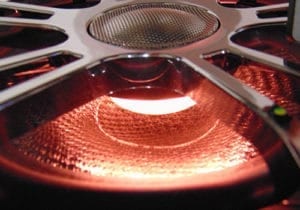
Fusion is calling the Series 3's lighting CRGBW. Normal LED lighting on speakers like JL, Kicker, Wet Sounds and etc are a blend of 3 LED colors – red, green and blue (RGB). Fusion added two additional ‘colors' to the mix for a total of 5 LED colors – cool white, red, green, blue, warm white. The LEDs are mounted to the back side of the tweeter/grille to fire the light towards the cone of the speaker.
Now, you can pretty much get all of the colors that you might think you want with a standard RGB LED lighting, just look at the M6 series from JL. But what the added warm and cool whites will do is really enhance the spectrum and add a much wider range of color with richer color tones than the traditional RGB. We tested the colors out here to show you. Let's start by walking through some of the standard colors without the cool and warm whites added. For the sake of my time (and yours) I went through some of the key ones but you can really go through an even broader spectrum of colors. Take a look:
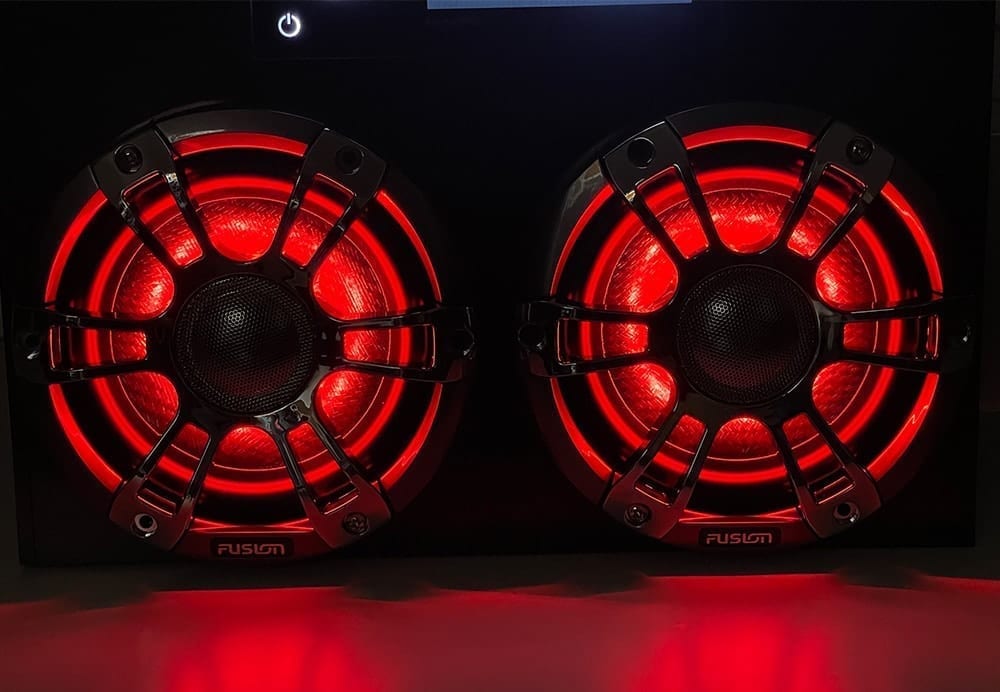
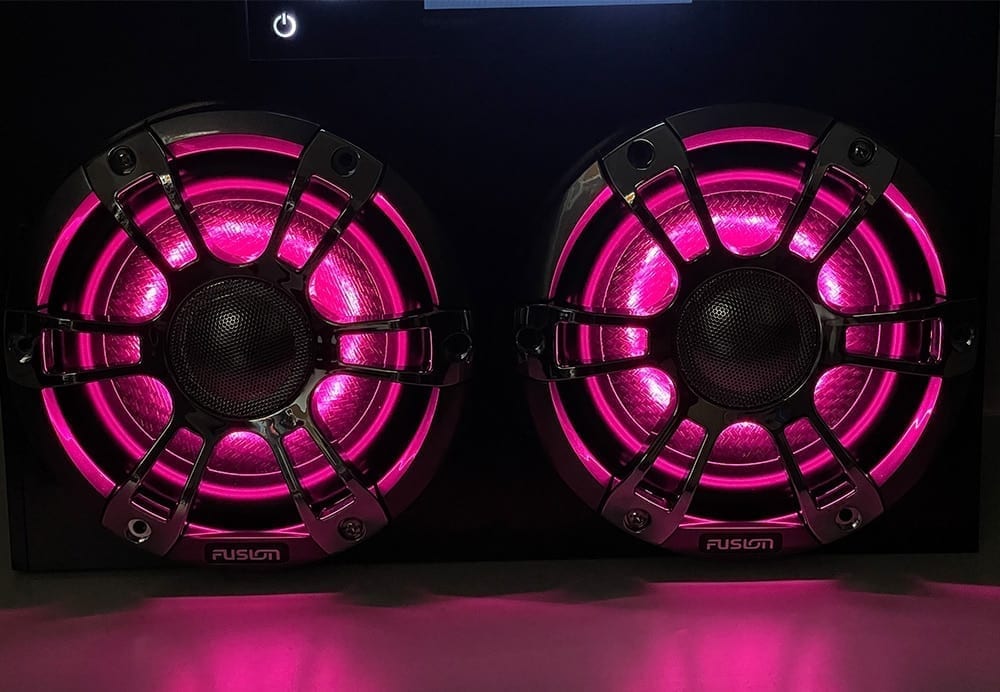
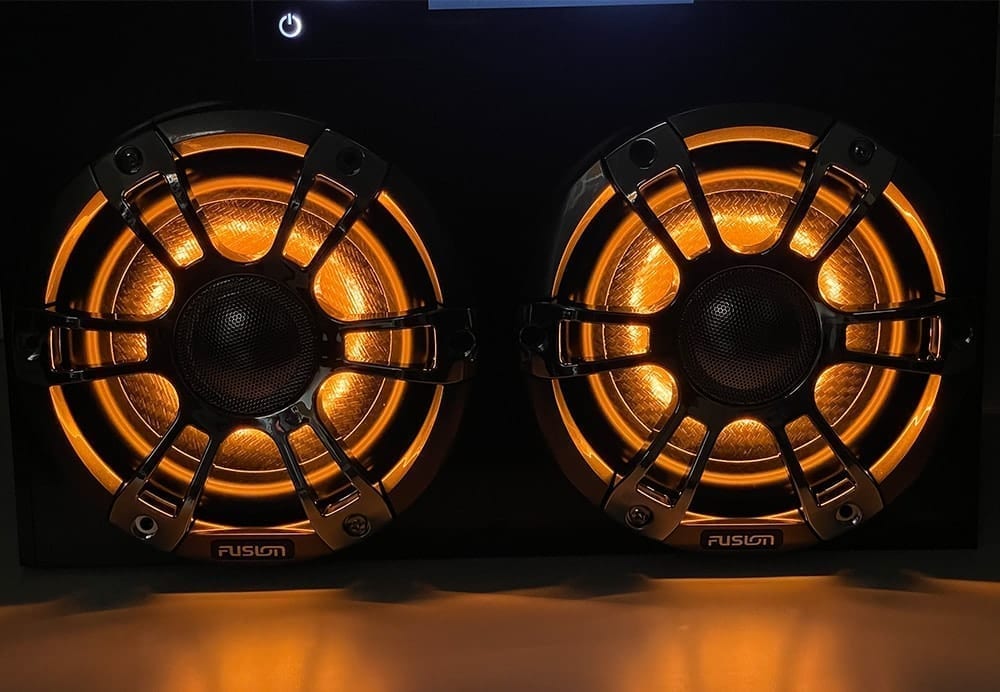
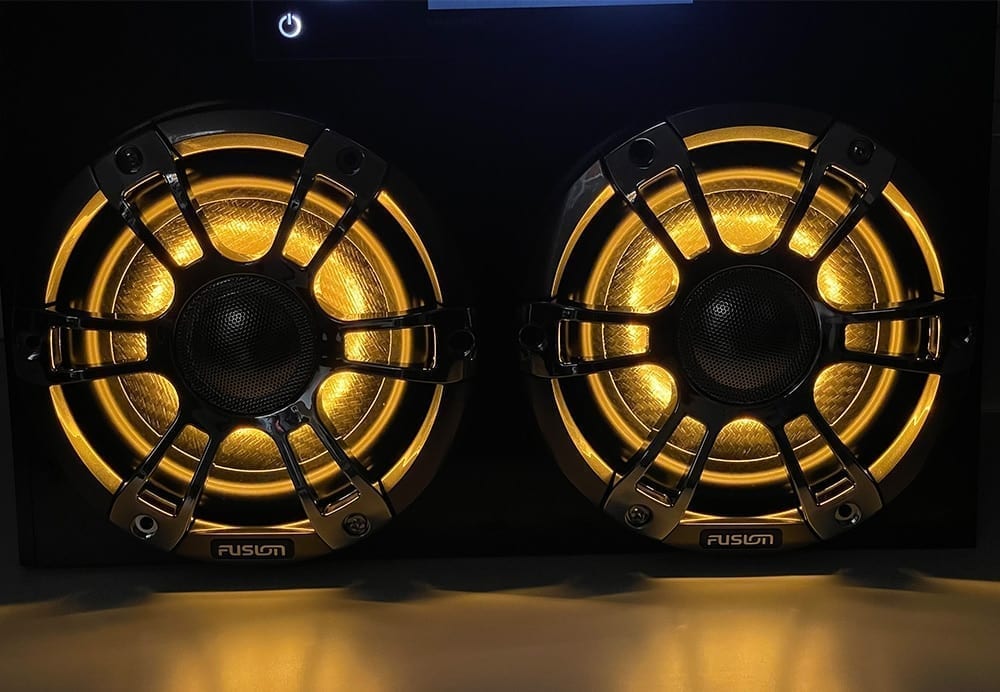
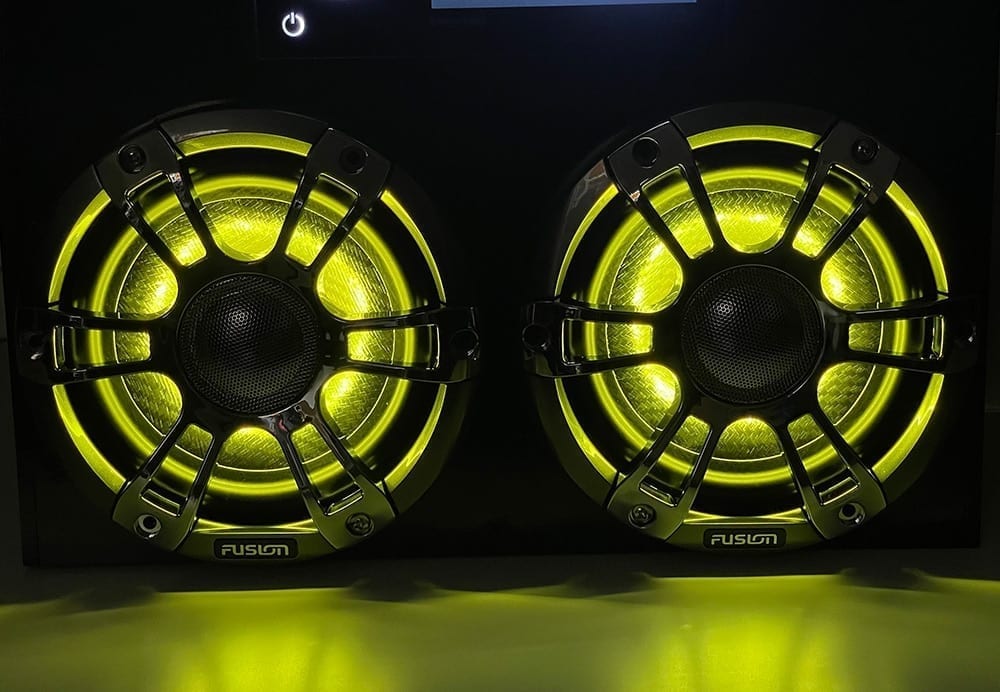
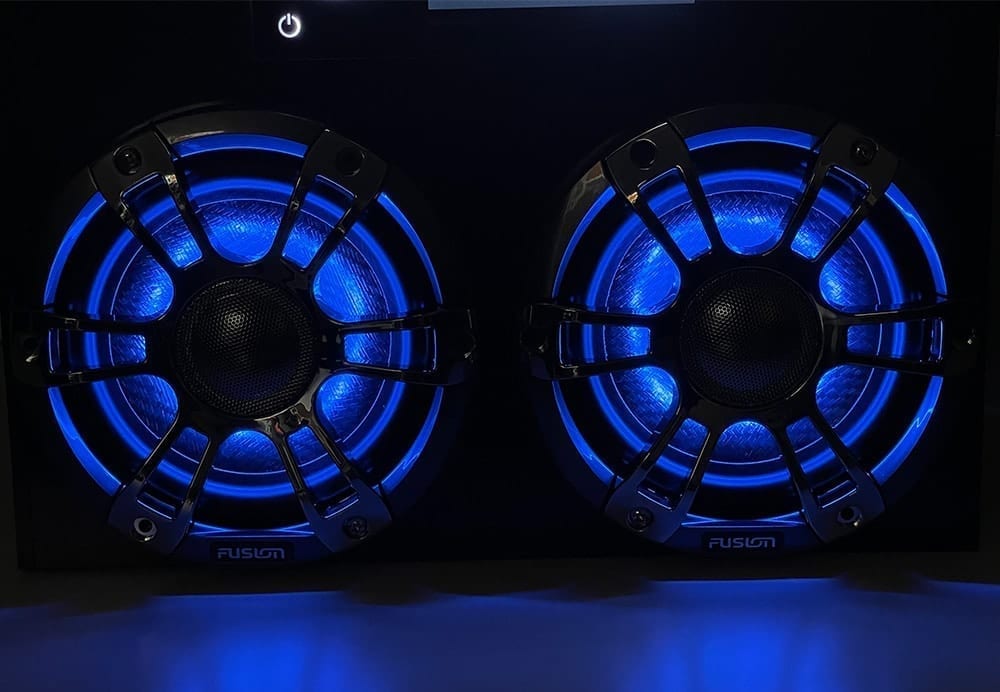
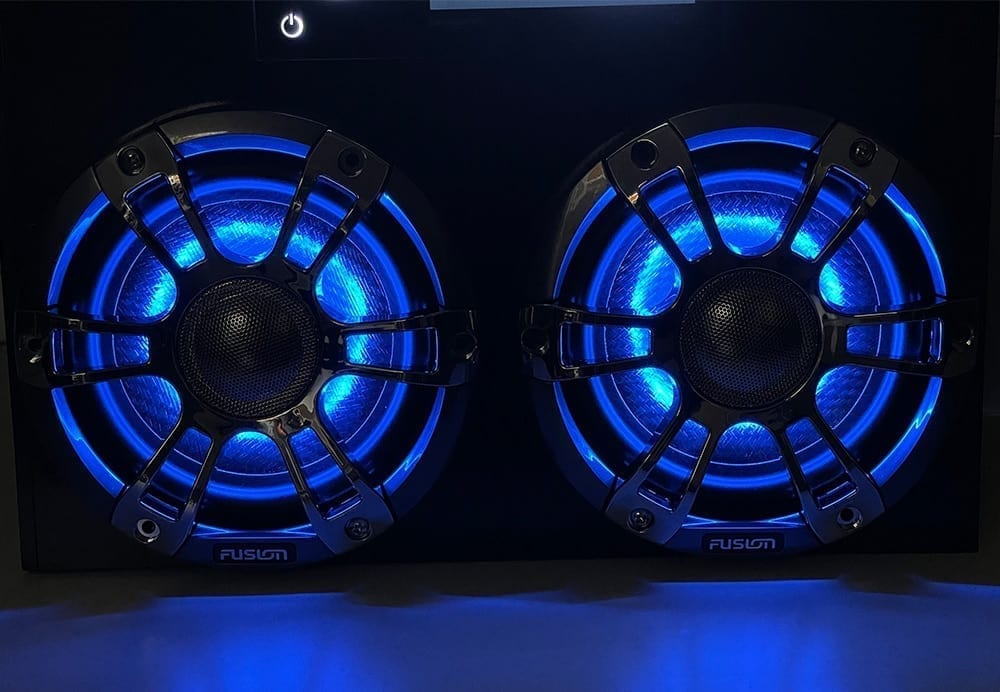
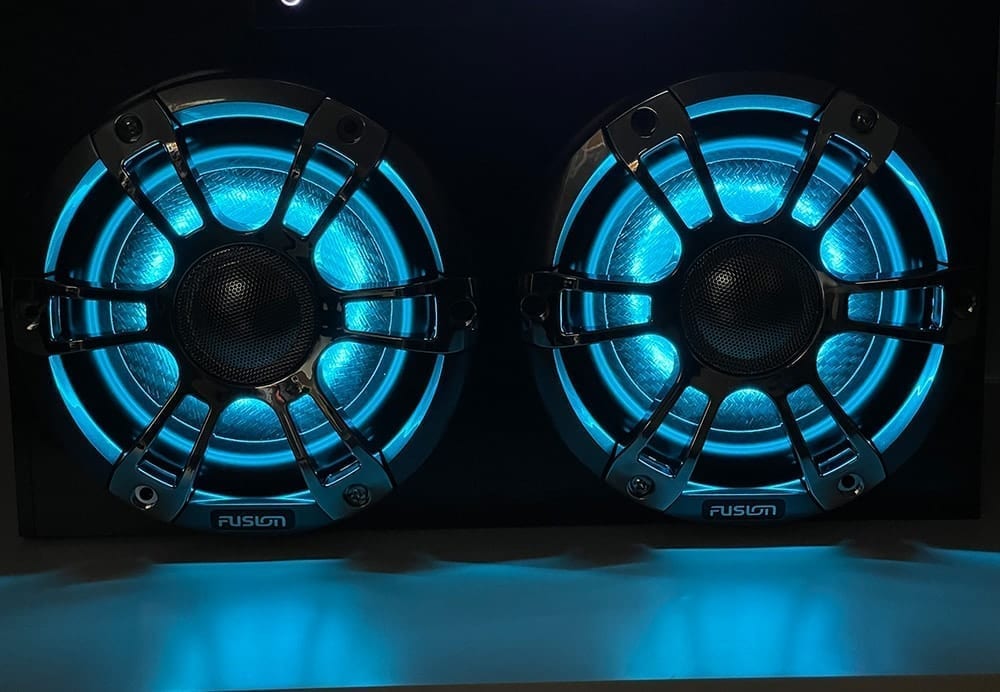
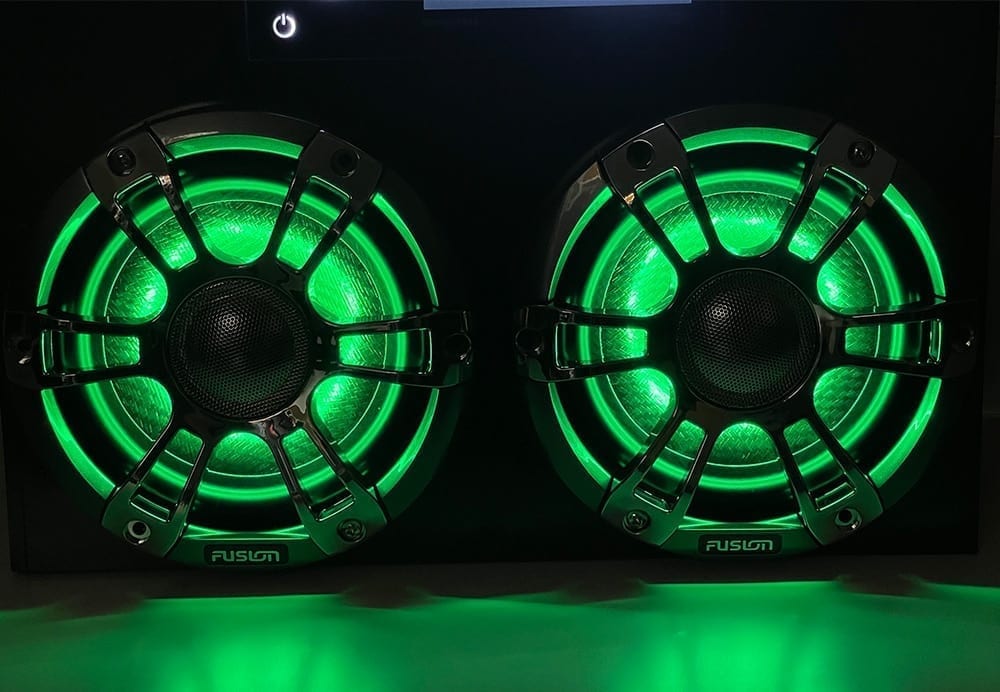
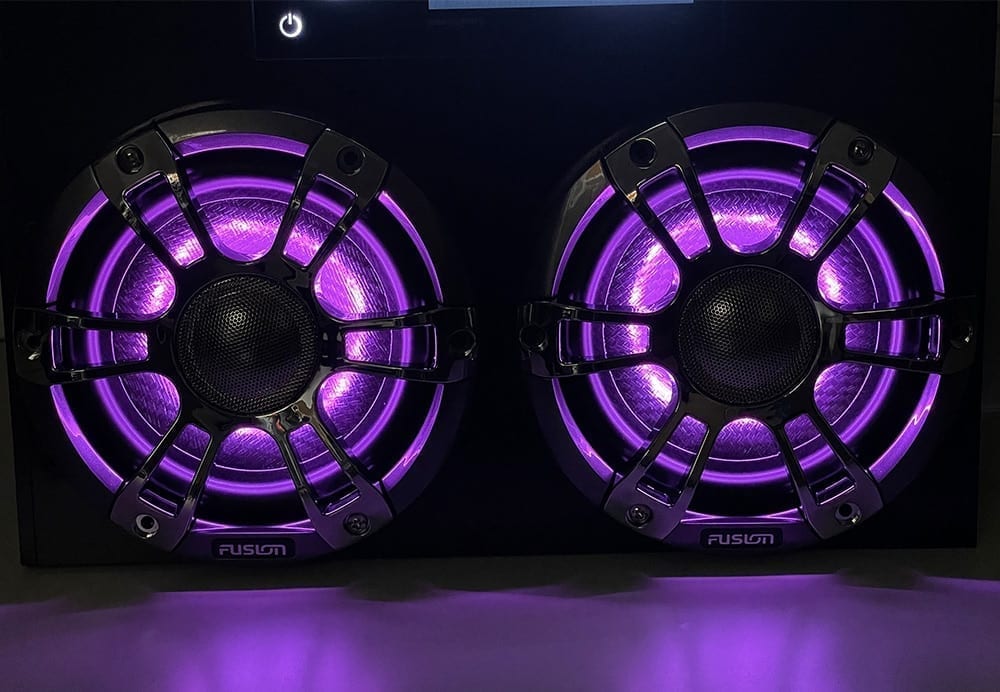
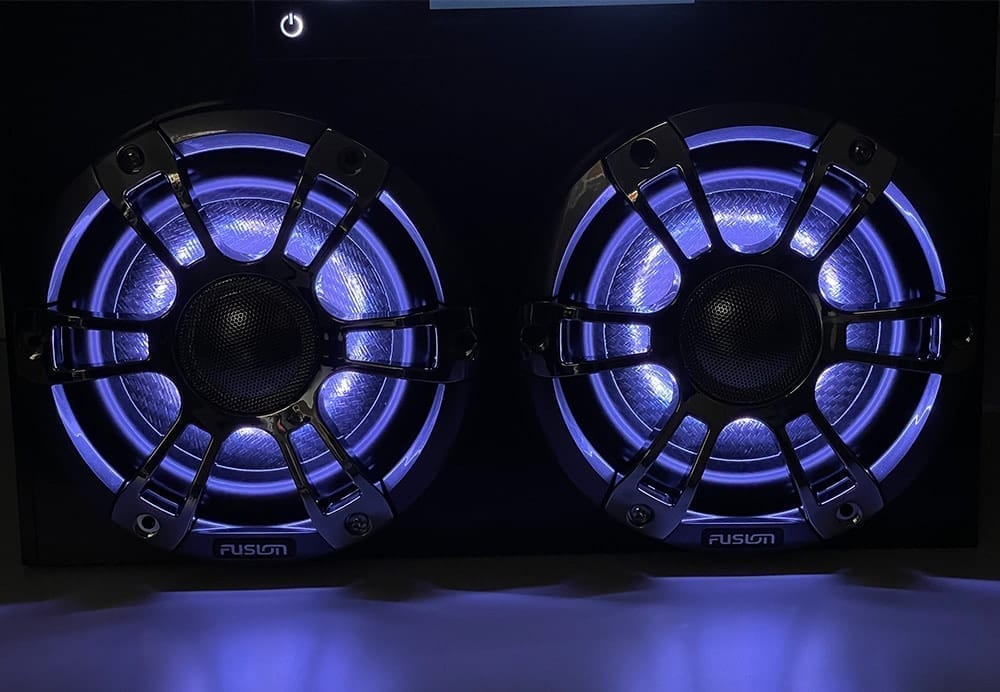
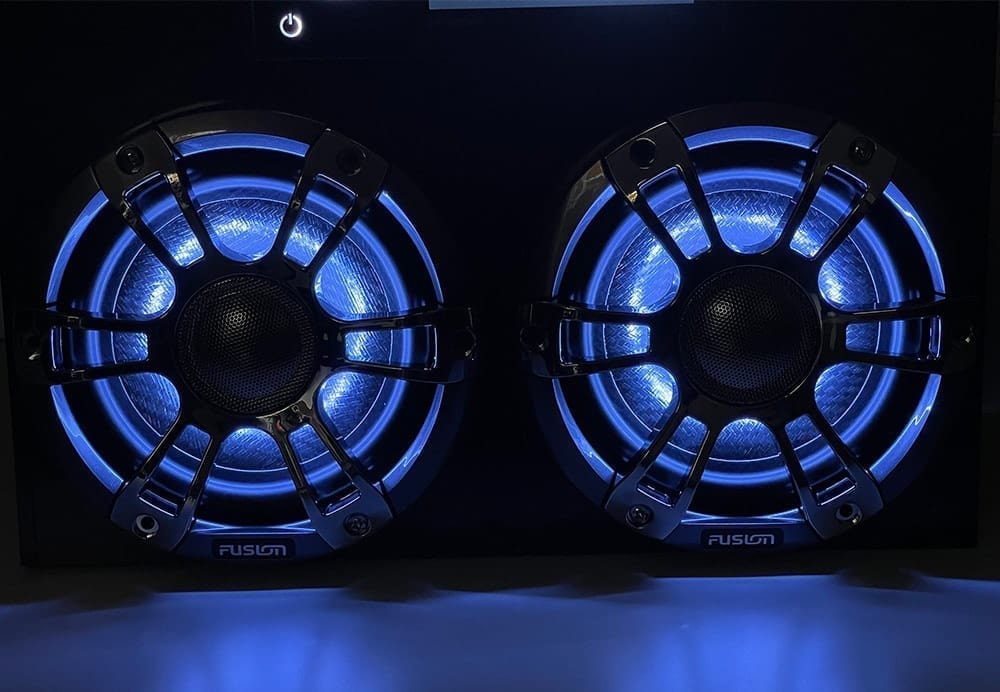
Using Fusion's CRGBW wireless lighting remote and module, I took the speaker through the entire range of colors. The LED module very straight forward – it tells you which color speaker LED wire goes where. Simply wire it up to the speakers and then to a 12v power and ground. Note that you'll have to combine all of the LED wires from all speakers into one, then connect it to this module. For example, if you have 6 interior speakers, two tower speakers and subwoofer that all have the LED functionality, you'll technically have 9 of each colored wire (e.g. turquoise) to combine into one. Once they're combined you can secure them to the module.
The wireless lighting remote really makes it easy to tune the color to what you want. You can chose between 25 preconfigured lighting patterns or choose your own custom colors in a static or dynamic mode. It's touch control and color select wheel make it quick and intuitive to scroll through the spectrum and stop when you find something you like. This is nice if you're really looking for a specific color to match the interior or dash color of your boat.
To walk you through the remote image here, at the top you have the power control – turn the lights on and off. Below that is the color spectrum that you simply tap or scroll to get the color you want and the speakers will respond. Below the spectrum is where it may get a little confusing but once you figure it out it's smooth sailing.
On the bottom left you have the Warm White control. Click on the WW button to turn the warm white on, and then control the intensity of the warm white with the + and -. In the middle, use the “M” to turn on a cycling range of colors and the + and – above the “M” to adjust the speed at which the lights cycle through colors. On the right, the “CW” will turn on the cool white and the “CW” + and – will control the intensity of the cool white.
Here's what's important to note:
- With cool white (CW) and warm white (WW) turned completely off, you'll get your very dark, vibrant and traditional RGB colors.
- Cool white (CW) and warm white (WW) are additive to the traditional RGB colors. Think of it as turning another light bulb on that will change the look and shade of the traditional RGB colors.
- You can add in cool white (CW) and warm white (WW) separately or together.
- Depending on the intensity of each (or both), cool white (CW) and warm white (WW) will alter the shade of color – this is what sets this new CRGBW feature apart from it's competitors.
I was surprised at how wide the spectrum of colors really is. You can really get almost any color you want when you combine a normal RGB available color with the cool and warm whites. I also wasn't sure how well the LED would reflect off of the woven cones but they look great. I think a more reflective cone like Kicker's KMTC cone would be a boost in how impactful the colors are though.
And like I mentioned earlier, the lighting module will connect to all of your speakers at once if you want, syncing up all of the speaker LEDs together to make a pretty incredible lighting experience if you have all interiors, tower speakers and subwoofer with CRGBW LED functionality.
All-in-all, I have to say this is a pretty cool feature if you like customization options. The one feature that this LED controller does not have that's worth noting is a music mode where the music controls the speaker fade, color, speed, etc. Here's a quick example of how the cool and warm white options works using a base color of red:
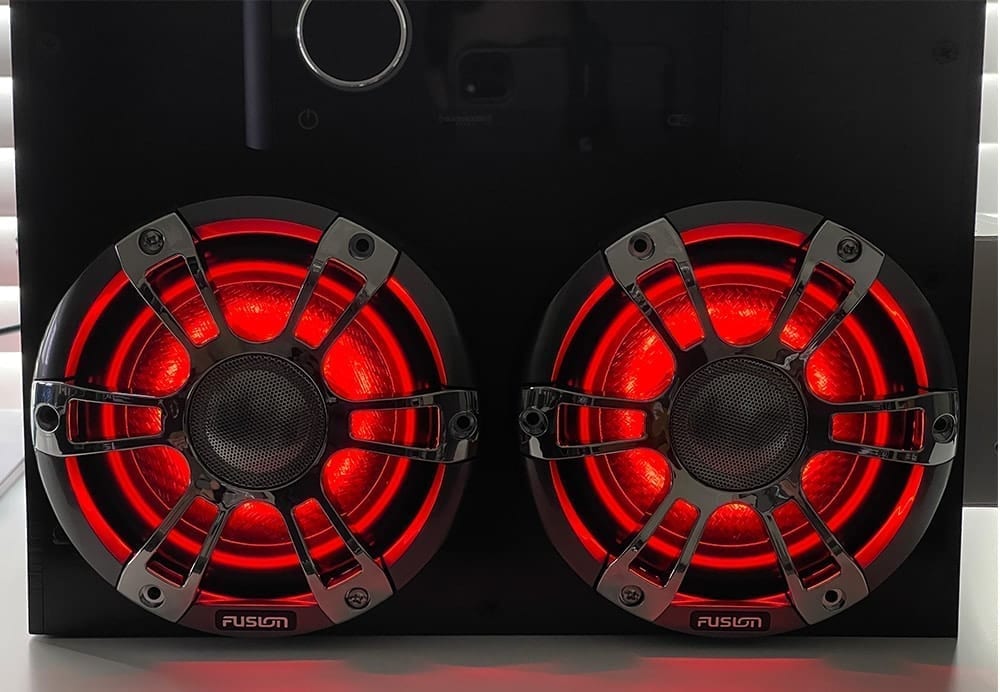
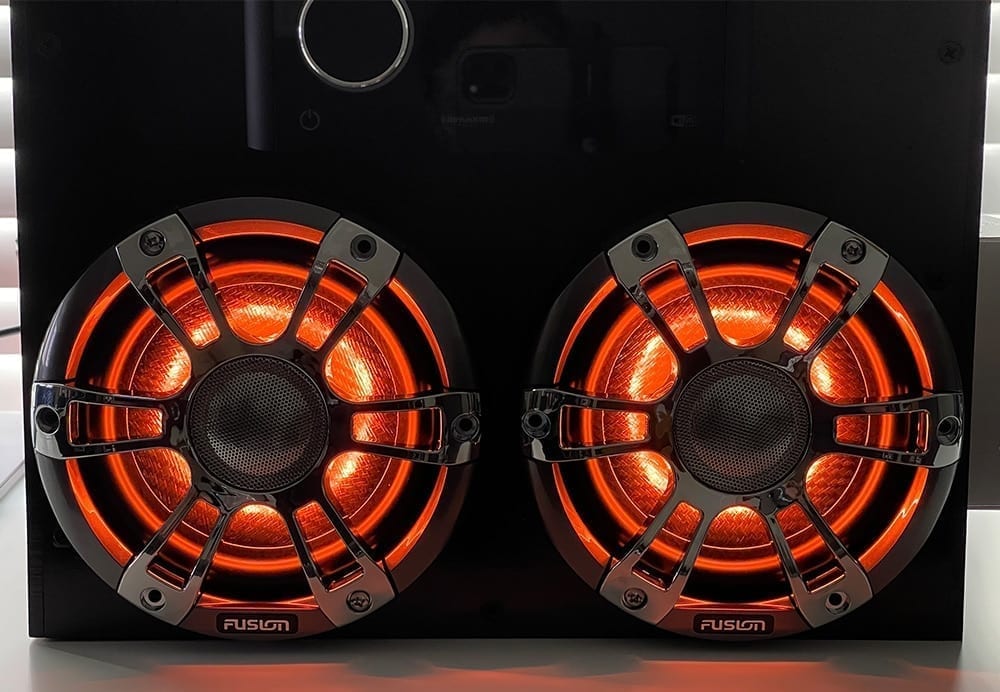
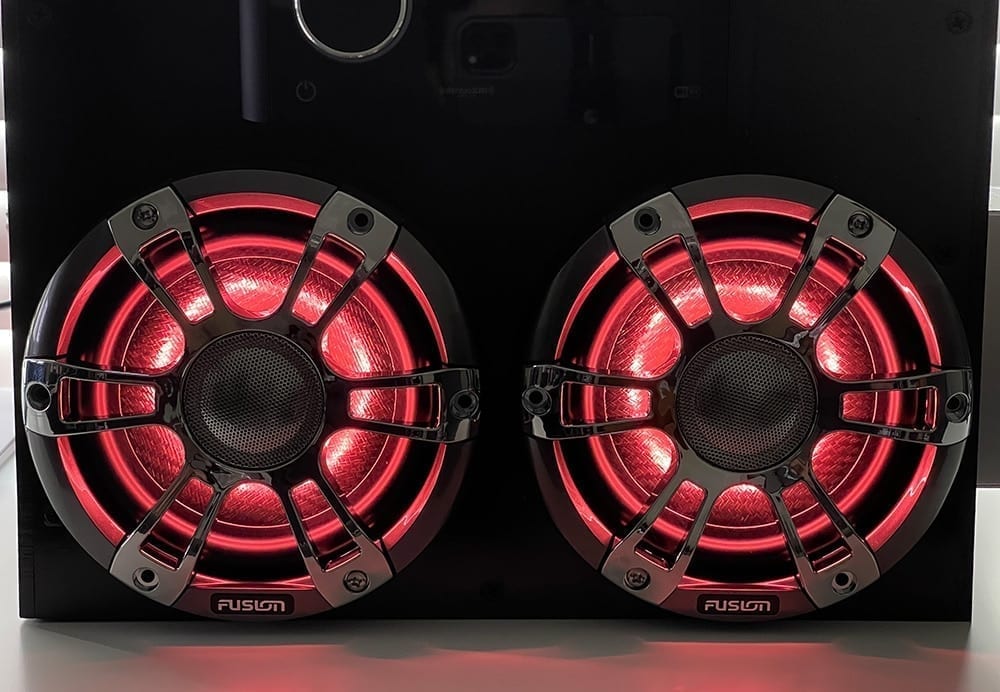
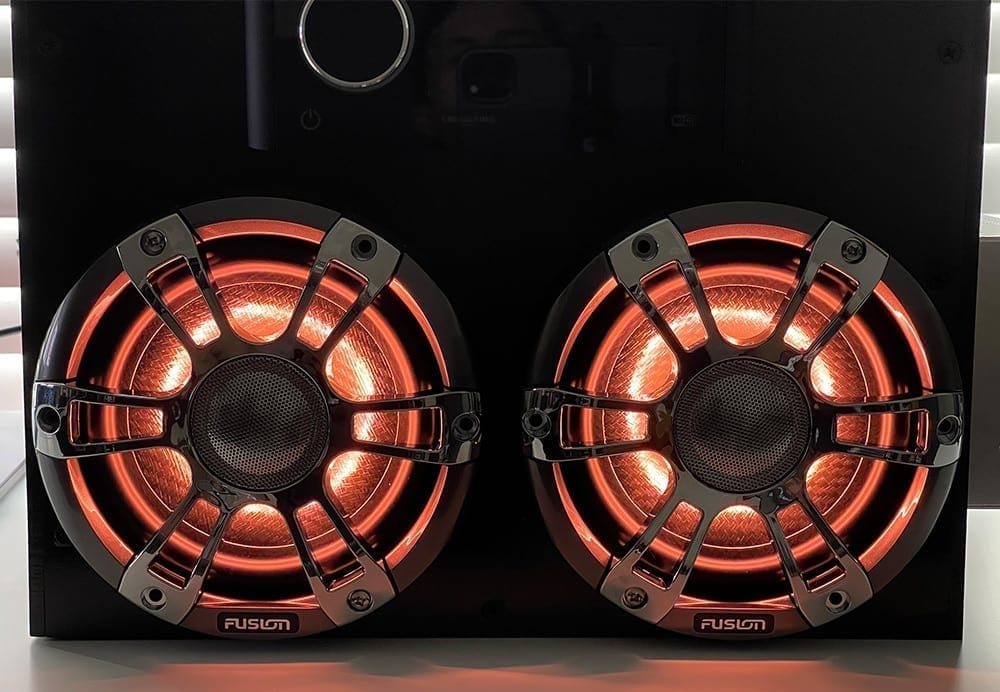
Signature Series 3 Tower Speaker Highlights & Specs
Here's a breakdown of all of the speaker specs for the three sizes:
- Physical dimensions (Diameter x Depth)
- 8.8″: 8.82″ x 15.16″ (224 x 385 mm)
- 7.7″: 7.72″ x 12.91″ (196 x 328 mm)
- 6.5″: 6.93″ x 11.97″ (176 x 304 mm)
- Water and dust rating IP65
- Configuration coaxial
- Speaker size 6.5″, 7.7″ and 8.8″
Peak power (Watts)- 8.8″: 330 W
- 7.7″: 280 W
- 6.5″: 230 W
- RMS power (Watts)
- 8.8″: 130 W
- 7.7″: 100 W
- 6.5″: 75 W
- Sensitivity (1 W / 1 m)
- 8.8″: 91 dB
- 7.7″: 91 dB
- 6.5″: 90 dB
- Frequency response
- 8.8″: 50 Hz-20 kHz
- 7.7″: 60 Hz-22 kHz
- 6.5″: 70 Hz-22 kHz
- Nominal impedance 4 ohms
- Recommended amplifier power (RMS)
- 8.8″: 25-140 W/Ch
- 7.7″: 25-120 W/Ch
- 6.5″: 30-90 W/Ch
- LED lighting yes (CRGBW)
- LED supply voltage 10.8-16 VDC
- LED load current @ 14.4 VDC 300 mA
- Operating temperature range 32° to 122° F (0° to 50° C)
- Voice coil diameter
- 8.8″: 1.5″
- 7.7″: 1.4″
- 6.5″: 1.2″
- Cone material CURV cone with rubber surround
- Tweeter type Silk dome
- Compass-safe distance
- 8.8″: 162″ (412 cm)
- 7.7″: 141″ (358 cm)
- 6.5″: 122″ (310 cm)
Conclusion
I really liked most everything I saw while inspecting the Fusion Signature 3 Series interior speakers. They're definitely designed and tested for the marine environment and they also have some new tech that you can't find elsewhere on the market right now.
The CRGBW LED lighting was really cool to mess around with as well. This new concept gives you the widest range of colors that I've seen on any marine speaker. The only thing that's missing with the wireless lighting remote and module control is an audio sync that would tie the beat of the music to the LED lighting.
In terms of power handling, I think the numbers are impressive. You can check out our full stereo install on an Axis A22 for more details about how they sounded.

